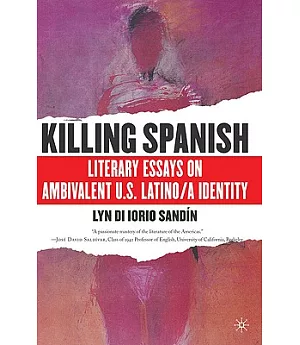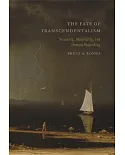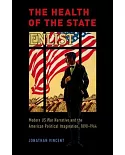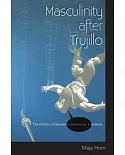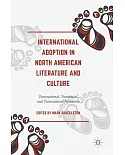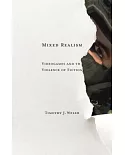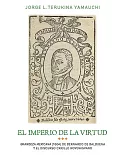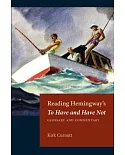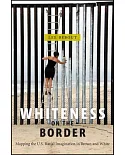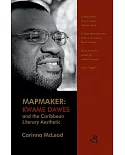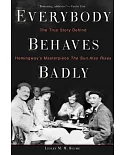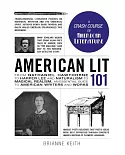Killing Spanish suggests that the doubles, madwomen and other raging characters that populate the pages of contemporary U.S. Latino/a literature allegorize ambivalence about both
present American identity and past Caribbean and Latin American origins. The family novels Sand穩n explores -- ranging from work by the Cuban American Cristina Garc穩a to the island Puerto
Rican Rosario Ferr矇 -- uncover the split between Americanized protagonists and their families, a split usually resolved through the killing of a character representing origins. Race and class
differences, and poverty, cause protagonists in work by the Nuyoricans Piri Thomas, the Dominican American Junot D穩az, and others, to embrace the street as the new Latino home. If the family
novels exact the death of "Spanish" in the person of a double character, the urban fiction and poetry project the "mean" street, churning with the productive and destructive energies of
ambivalence, as the landscape of the fragmented U.S. Latino/a psyche.

